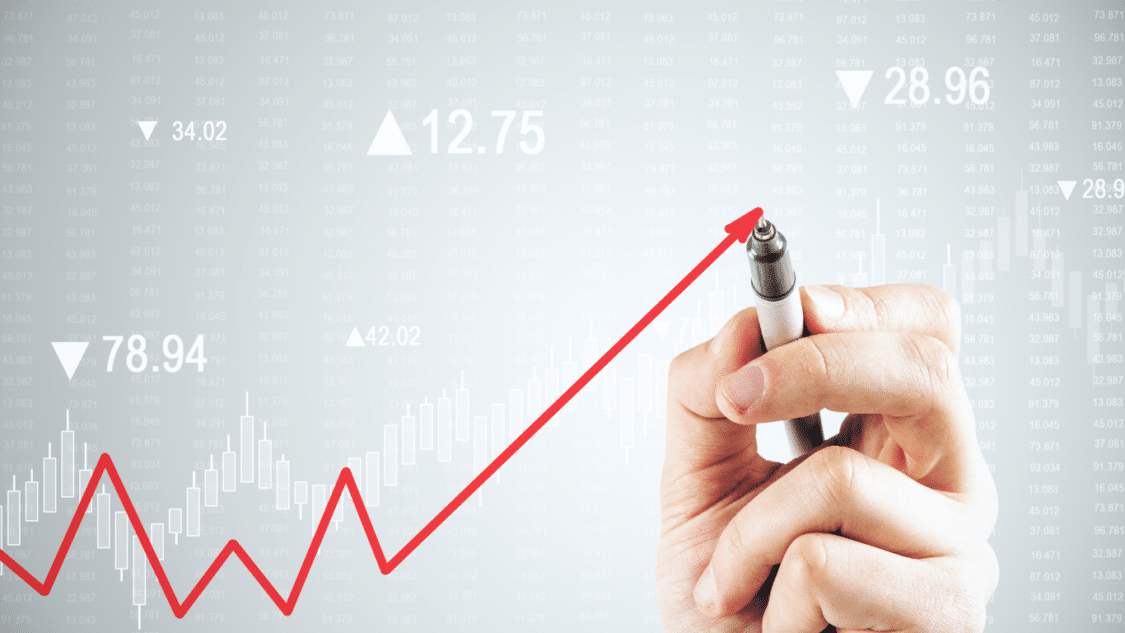Hawkish trading and dovish are two terms used to describe the monetary policies of central banks. The two terms are used to describe the stance of central banks on monetary policy, specifically in regard to the pace at which they raise or lower interest rates. Understanding the difference between hawkish and dovish monetary policies is important for investors, economists, and anyone who wants to stay informed about the economy.

What is Hawkish?
Hawkish monetary policy refers to a central bank’s stance on monetary policy that is focused on fighting inflation. A central bank that adopts a hawkish stance is likely to raise interest rates to control inflation and keep the economy from overheating. Hawkish central banks believe that inflation is the primary risk to the economy and that higher interest rates are necessary to control it. When a central bank adopts a hawkish stance, it signals to the market that it is concerned about inflation and is willing to curb it.
What is Hawkish Trading?
Hawkish trading refers to a strategy or approach based on the expectation of an increase in interest rates by a central bank. Hawkish trading is typically associated with the belief that a central bank will adopt a hawkish stance on monetary policy, meaning it will focus on controlling inflation and raising interest rates.
Traders who adopt a hawkish trading strategy typically believe that interest rates will rise, which can lead to increased demand for assets such as bonds. This, in turn, can result in increased bond prices and decreased yields. Hawkish traders often take positions in assets expected to perform well in a rising interest rates environment, such as bonds and specific stocks.

What is Dovish?
On the other hand, dovish monetary policy refers to a central bank’s stance on monetary policy that promotes economic growth. A central bank that adopts a dovish stance will likely lower interest rates to stimulate economic growth. Dovish central banks believe that low-interest rates are necessary to promote growth and that inflation is a secondary concern. When a central bank adopts a dovish stance, it sends a signal to the market that it is more focused on promoting growth than controlling inflation.
What is Dovish Trading?
Dovish trading refers to a strategy or approach based on a central bank’s expectation of a decrease in interest rates. Dovish trading is typically associated with the belief that a central bank will adopt a dovish stance on monetary policy, meaning it will focus on promoting economic growth and lowering interest rates.
Traders who adopt a dovish trading strategy typically believe that interest rates will decline, which can lead to increased demand for assets such as stocks and other higher-risk investments. This, in turn, can result in increased prices for these assets. Dovish traders often take positions in assets expected to perform well in low-interest-rate environments, such as stocks and other higher-risk investments.
Is Hawkish and Dovish good for currency?

Whether a hawkish or dovish monetary policy is suitable for a currency depends on various factors and can vary from case to case.
A hawkish monetary policy, in which a central bank raises interest rates and focuses on controlling inflation, can positively impact a currency by increasing demand for it. Higher interest rates can make a currency more attractive to investors, leading to increased demand and an appreciation of the currency’s value.
On the other hand, a dovish monetary policy, in which a central bank lowers interest rates and focuses on promoting economic growth, can also positively impact a currency by stimulating economic activity and boosting investor confidence. A strong economy can increase demand for a currency, leading to an appreciation of its value.
However, it’s also essential to consider the potential negative effects of both monetary policies. A hawkish monetary policy can slow down economic growth and curb inflation, while a dovish monetary policy can lead to inflation and currency devaluation.
What makes Hawkish trading unique?
Hawkish trading is unique in that it is based on the expectation of a hawkish monetary policy by a central bank. A hawkish monetary policy focuses on controlling inflation and raising interest rates. What makes hawkish trading unique is its focus on the expectation of a hawkish monetary policy and the resulting increase in interest rates. Hawkish traders take positions in assets expected to perform well in a rising interest rate environment, which sets them apart from traders who adopt other approaches.
The Federal Reserve (Fed) of the United States is a good example of a central bank that adopts a hawkish stance. In recent years, the Fed has raised interest rates to control inflation and maintain a stable economy. On the other hand, the European Central Bank (ECB) is a good example of a central bank that adopts a dovish stance. The ECB has maintained low-interest rates to promote growth and stimulate the European economy.
Conclusion
In conclusion, the difference between hawkish and dovish monetary policies is the focus of central banks on either fighting inflation or promoting economic growth. Understanding the stance of central banks is important for investors, economists, and anyone who wants to stay informed about the economy. Hawkish central banks prioritize controlling inflation, while dovish central banks prioritize promoting growth.
Private: Benefits of Short-Term Investing

